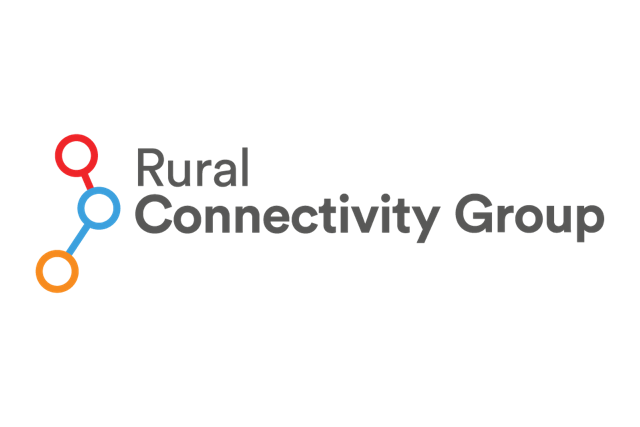Title Page
-
Site Code
-
Site Name
-
Conducted on
-
SERCO Name
-
Company?
-
SERCO Representative Name and contact details
-
Prepared by
-
Company Name
-
Location - Address Long/Lat
-
Weather Condition:
-
Access/Egress:
-
Photo of access/egress route
General Items
-
Were you met/Challenged/greeted by the SERCO team as you approached the build site?
-
please explain
-
Were they courteous and communicative? Transparent?
- Yes
- No
-
Were you and others inducted on to the site?
-
Is there a Health and Safety (Hazard) Board displayed and communicating correct site-specific information?
-
Who is responsible for keeping your site hazard board up to date? Do you know if it is up to date?
-
Identify First Aid kits and First aid qualified personnel onsite. Is/are the first aid kits fit for purpose, dated and stocked?
-
Identify Firefighting equipment. Is it compliant and fit for purpose i.e. tag is dated and correct?
-
Are you and your team trained on the use of fire extinguishers?
-
Is there a spill kit in location for use in the case of an environmental emergency? Is it fit for purpose?
-
Have you and your team been trained on how to use the spill kit?
-
Do the team have sufficient food and water to sustain them for the day. Do they have extra for emergencies?
-
Are registration certificates, WOF/COF and RUC for each vehicle on site valid and compliant?
-
Are your tyres rated for off road driving? (Asked if site is off road)
-
Have your vehicles/plant been given a daily check/inspection?
-
What is your Company Policy on vehicle checks or inspections? Daily, weekly, monthly or when handing over to another user?
-
Confirm that the team is working within the legal drive time hours i.e. From their accommodation to the build site and return at the end of the day, no more than 13 hours incl breaks
-
Is there a designated emergency assembly point in case of an emergency? (Is there a HLZ for Emergency Services)
-
What is the trigger for any move to the emergency assembly point? (What is the signal/alarm)
-
Was there a designated parking zone signed and posted for visitors?
-
Is a copy of SWMS/JSA (Safe Work Method Statement/Job Safety Analysis) on site?
-
Have you read through the SWMS?
-
Do you know what the site specific hazards in the SWMS are?
-
Do you know what the control measures/mitigations for them are?
-
Are all site permits filled out for today’s activities (Lone working, hot work, work at heights use of specialised equipment etc.)
-
Are all exclusions zones e.g. drop zones, TMP's, visual barriers erected and maintained? (High risk activities near other workers / public exclusion zones)
-
Was a pre-start/tool box meeting held at the start of the day and was that information shared/discussed with you on arrival?
-
Are all workers and visitors signed onto the Pre-Start / toolbox form, including Inductions?
-
Have there been any new hazards identified at this site that were not in the SWMS?
-
Have there been any suggestions for opportunities for improvement from your team at the toolbox meetings.
Personal Protective Equipment
-
Is PPE used (examples: eye protection, hard hats, gloves, high-visibility clothing/vests, hearing protection)?
Worksite and Traffic Control
-
Adequate physical barriers, signage, warning tape, bollards, spotters, etc?
-
Is housekeeping in good shape e.g. Is the site clear of clutter and unused equipment and product stored away safely?
Ladders
-
Fall exposures of 2 metres or higher?
-
Adequate edge protection with railings or warning lines, and is personal fall protection being used?
-
Are aerial lifts or elevated work platforms used correctly?
-
Provide pre-plan communicated and approved as part of SWMS
-
Exclusion Zone / Drop Zone in place?
Lockout / Tagout and Machine Hazards
-
Are machine guards in place?
-
Is LOTO process followed properly?
Tools and Equipment
-
Are tools and equipment onsite, in good condition? (including but not limited to - no missing or damaged guards, power cords in good condition, ground prongs present/used.)
-
Is the correct equipment used for the job?
Electrical Hazards
-
Is Ground Fault Circuit Interrupter (GFCI - circuit breaker) protection used?
-
Minimum 4 metre distance maintained from overhead power lines?
-
Extension cords in good shape, protected from damage, and not used permanently? Circuits not overloaded, electrical equipment not near water, no exposed live wiring?
Hot Work
-
Was a Hot Work Permit completed and protective measures employed?
Hoisting Equipment
-
Are loads being lifted?
-
Loads not lifted over persons, not in close proximity to obstacles, and 4 metre minimum distance from overhead power lines?
-
Do you know how to set up an exclusion zone or drop zone?
-
What tools have you been given to set up an exclusion zones or drop zones?
-
Lifting equipment, including ropes, slings, chains, hooks, checked and in good condition?
-
Safe Working Loads are not exceeded?
-
Are Cranes being used? If so are Operators certified and has the Crane been warranted?
-
Please Stop work until non conformance is rectified.
-
Are means taken to reduce risk (ergonomic tools and equipment, proper lifting, ergonomic work methods, job rotation, etc)?
Environmental Hazards
-
Do all workers have adequate protection against all weather conditions?
-
Are chemicals, including fuel, stored and transported safely?
-
Health hazards controlled (eye flush, gloves, MSDS, etc)
-
Adequate dust suppression? (Face mask and eye protection or spraying down for dust suppression)
-
Adequate systems to prevent contamination of storm water drains or waterways?
Notes:
-
undefined
-
During your visit, did you observe any behaviours / actions by site personnel, whether positive or negative? If observed, please explain
Any Recommendations?
-
undefined
Acceptance
-
Auditor signature
-
Site Photographs







